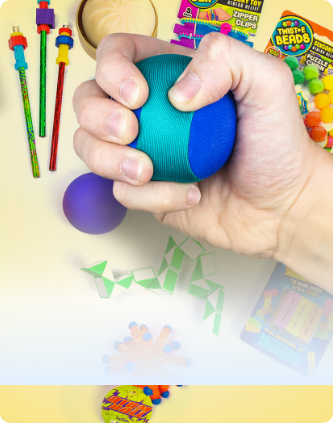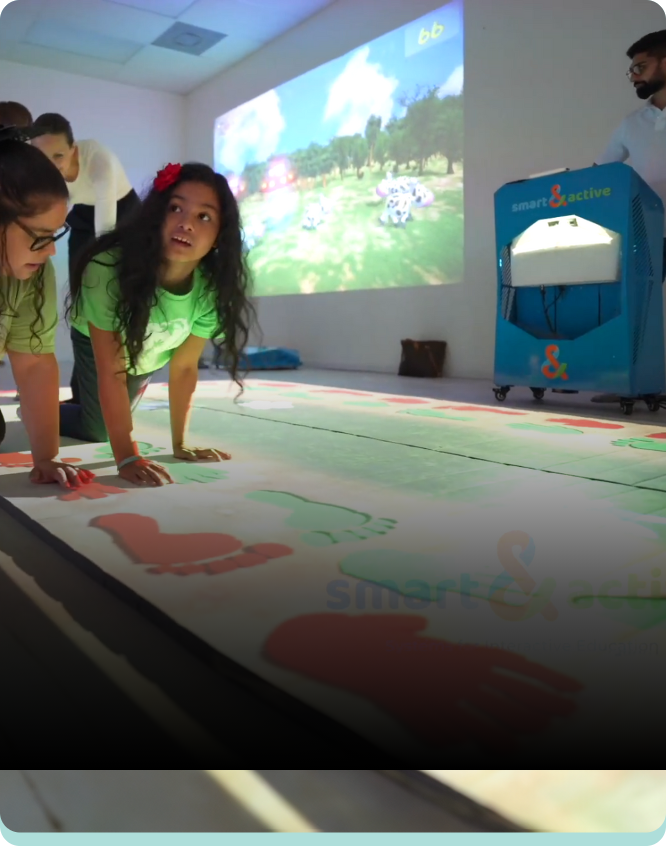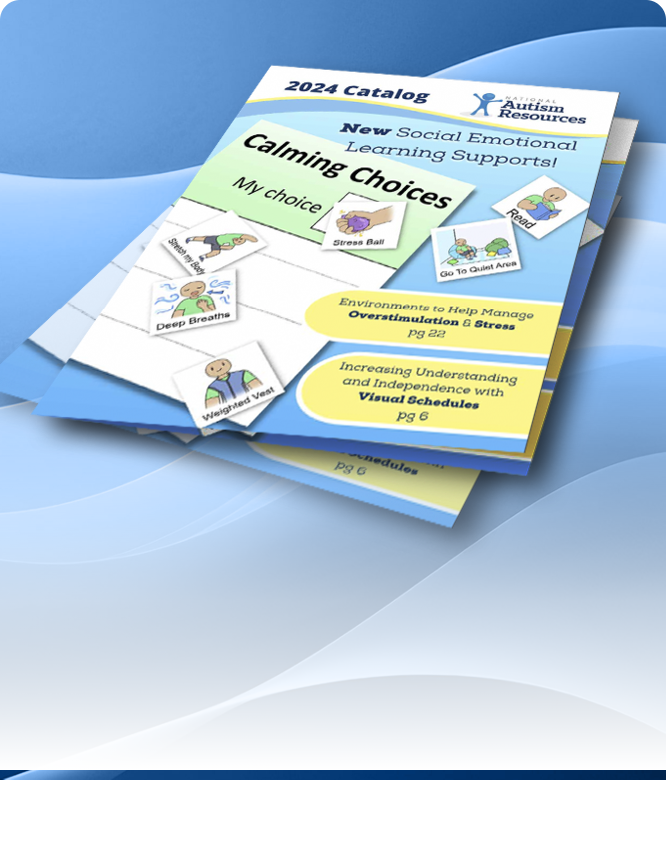Do You Always Have Worries?
Posted by Elizabeth Verdick on Sep 10th 2019
Got Worries?
Sometimes, I write the books I wished I’d had as a mother of young children. Sometimes, I write books with my son in mind (The Survival Guide for Kids with Autism Spectrum Disorders). And sometimes, I write the books I wish I’d had as a kid. I was a worrier—a big, big worrier. My thoughts raced day and night: What if I make a mistake? What if I get lost? What’s under my bed, in my closet, in the dark basement? What if something bad happens? Most of us don’t grow out of our tendency to worry . . . it follows us right into adulthood. But we can learn to manage stress and use self-talk to calm ourselves down. These are important skills to teach our children, from toddlerhood into the teen years (and beyond).
My newest books in the “Best Behavior” series are both titled Worries Are Not Forever. There’s a board book for toddlers and a more in-depth paperback for PreK-3. I often create two versions of the books in this series, tailoring the length and vocabulary level to children at different ages and stages of development. But the core messages remain the same in both versions: Everyone worries, even adults, and though it may feel as if our worries won’t ever go away, they eventually will. Worries don’t last forever—and we can work on ways to keep our worries at bay, every single day.
As a parent or an educator of children on the autism spectrum, you already know that anxiety can be a big part of our kids’ daily lives. Our children are intense—so are their emotions. And many children with ASD (Autism Spectrum Disorder) find it challenging to pinpoint and communicate their feelings. To make things even more difficult, our children have a hard time understanding other people’s emotions as well. Facial expressions, body language, and tone of voice are a puzzle for our kids. As a mom, dad, teacher, or counselor, your role is to be the calm before—and after—the storm. You are the soothing presence your child turns to and trusts. I hope that Worries Are Not Forever is a reminder of how your words and actions can make all the difference to a child. Positive, supportive language is one of the best tools you have in your toolbox.
While raising my son, who was diagnosed with autism at age two, I learned some important lessons about how my own words and behavior could help or hurt when he was stressed or upset. When my son was highly anxious or in the midst of a tantrum, I was taught to remain calm and centered, and not flood him with language. I grew quiet and still, took deep breaths, and encouraged him to move to a calm-down space in our home. During heated moments, we may naturally want to shout, glare, fold our arms across our chest, roll our eyes, or say words like “No” “Stop” or “Don’t.” But we have to be the adult in the room, keeping our cool and being a social/emotional role model for the children in our lives. When they see how we calm down, they’re witnessing an important developmental skill—one they’ll learn over time, with our guidance and support.
Calm words. You can teach a refrain from Worries Are Not Forever to help your child feel more secure: “I am fine. I am calm. I am safe.” Practice these words at home during peaceful moments so your child is ready to use them when life gets stressful. Even the words “Worries are not forever” can be helpful when worries pop up. Another useful phrase for kids is: “I am bigger than my worries.” Positive phrases can be repeated to help wash away worry words like “I can’t do this” or “Something bad is going to happen.” You may want to write your child’s worries on slips of paper that the two of you put into a handmade worry jar or box. (The idea is to get the worries out of your head and into a container where they won’t bother you as much.) Are the thoughts about something that already happened or might happen? Knowing this will help you talk your child through what’s troubling him or her. Encourage your child to reframe the thoughts, express difficult emotions, and think of strategies for coping with worries as they arise.
Calm bodies. Because children on the autism spectrum struggle with anxiety and may not know how to talk about it, point out the ways our bodies give us physical signals that we’re stressed. From head to toe, we might experience:
- Headaches
- Teary eyes
- Dry mouth or flushed cheeks
- Racing heart
- Butterflies in the stomach
- Stomachaches
- Sweating hands/feet
- The urge to run, hide, or freeze
Show your child some basic calming techniques: taking long, deep breaths, seeking a quiet place, talking things out, doing a “self hug” (wrapping arms around oneself and squeezing), cuddling something soft, or using fidgets for distraction.
Movement is a great way to help calm the body. Swings and trampolines are especially soothing for kids with ASD. You may want to try occupational therapy or yoga classes designed for kids. Make sure your child gets time outdoors in the fresh air walking, playing, running, and biking. Moving helps the worries “move away.”
Calm places. Create a calm-down space in your home by designating a special area for quiet time. This can be as simple as a beanbag chair in the corner of a room. Dim the lights or have your child put on sunglasses, play soothing music or offer headphones or a white-noise machine, and keep a blanket or stuffed animals nearby. You may want to have bubble stuff or a pinwheel for your child to blow. Think of the calm-down space as a positive place to seek comfort or alone time.
It’s also helpful to have an activity space where children can keep their hands busy, another way to relieve worry. Stock the space with coloring books, clay or homemade play-dough, stickers, mazes, and markers. Have simple instruments like recorders, kazoos, small drums, and tambourines. Encourage children to express their feelings through art, music, and pretend play.
I hope that Worries Are Not Forever serves a safe space—a calm-down place—for your child. I like knowing that children may rest a little easier at night, after reading Worries Are Not Forever at bedtime.
For more about Elizabeth Verdick and her work, please visit elizabethverdick.com.







